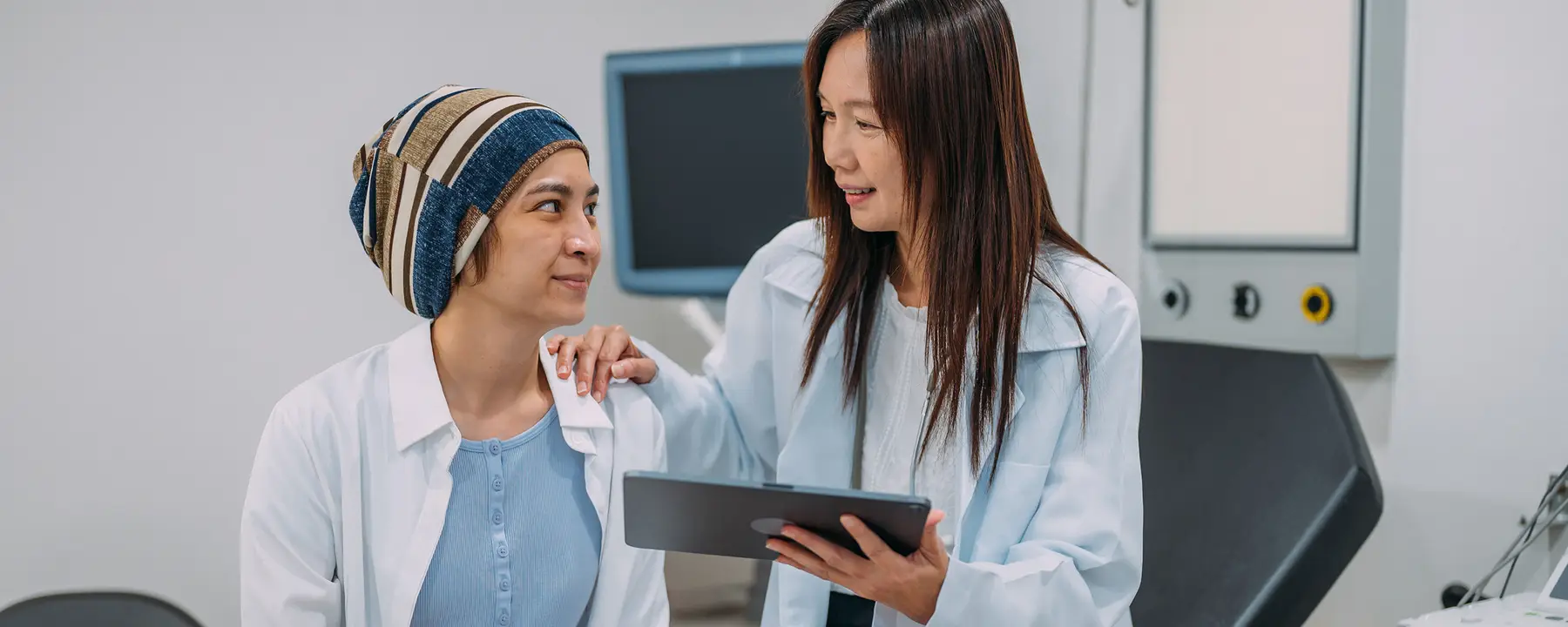Measuring links between human exposure to 15 elements and breast cancer
Objective
To determine a relationship between exposure to metals and breast cancer risk.
Approach
We analyzed a suite of metals found in toenail clippings to determine the relationship between breast cancer and exposure to toxic metals in the body.
Impact
Our work expands the knowledge base regarding breast cancer risks and allows room for future studies. This study found no strong correlation between the toxic and beneficial metals measured here and incidence of breast cancer.
Some metals like iron, copper, and zinc are commonly used by the human body for a variety of purposes, from assisting in the production of proteins to helping maintain proper blood and fluid volumes. Without these metals, the systems that keep the body working cannot function properly. However, if these essential metal concentrations exceed a certain level, they can overwhelm the body’s normal functions and harm it rather than help it.
Toxic metals and their link to cancer
Many metals do not have a beneficial role in the body and are actively harmful because they can replace essential metals in biological processes, and some have been linked to the development of cancer or other illnesses. For example, numerous metals were found to mimic the activity of estrogen through studies conducted at the International Agency for Research on Cancer. Some studies have tied lead, cadmium, and arsenic to cancer, but little is known about other common metals. This knowledge gap has led researchers to explore the relationship between metals and the body with a particular focus on their links to various forms of cancer.
Partnering with the Sister Study to analyze metal exposure and breast cancer risk
The questions around metals and breast cancer caught the attention of the Sister Study, a National Institute of Environmental Health Science program that studies breast cancer and other women’s health issues. The Sister Study features sisters of women who have been diagnosed with breast cancer and examines factors such as environment, genes, and social factors and their influences on breast cancer risk.
The group sought out RTI’s expertise to determine if there is a relationship between exposure to several metals, both toxic and essential (aluminum, arsenic, cadmium, cobalt, chromium, copper, iron, manganese, molybdenum, nickel, lead, antimony, selenium, tin, and zinc) and an increased risk of cancer, which continues to be one of the leading causes of death in the United States. While there are many different types of cancer, this study focused on breast cancer, the most prevalent non-skin cancer in women.
Measuring exposure to metals in unlikely places
The Sister Study completed enrolling women in 2009 and followed participants through 2017, meaning that to get reliable information about the metals to which participants were exposed, a long-lasting type of sample was needed. One such sample that can provide information about metals in the body is toenails. Because human nails are a solid sample, don’t break down over time, and are easy to collect, the research team decided to use toenail clippings that had been collected from participants at the beginning of the study. Nails also are good indicators of metal exposure because some metals are excreted into the nail as it grows, providing information about exposures over long time periods. We analyzed the clippings, focusing on the metals listed above, which were broken into separate groups depending on their roles in the body – nonessential metals (which have no biological role), essential metals (which are essential for good health), and metalloestrogens (metals that can mimic the activity of estrogens and cause health problems).
Of the 15 metals that were tested, none showed a strong association with the risk of breast cancer. While this finding doesn’t speak to the overall risks posed by some of the metals, which are toxic in other ways, it could provide information on their roles in breast cancer risk. For example, molybdenum levels in the nails were linked to a reduced incidence of breast cancer.
Social and environmental impacts of metal uptake in women
Additionally, our study highlighted correlations between social and environmental factors and metal exposures. Differences in environmental and other sources of exposure are likely linked to different levels of metals between populations. Numerous studies have shown that communities that often live closer to sources of industrial pollution and hazardous waste and in areas with higher levels of air pollution have greater exposure to these contaminants. Social stressors like poverty can also play a role as they increase vulnerability to environmental contaminants.
Learn more about RTI's work in Analytical Laboratory Science.
- National Institute of Environmental Health Sciences (NIEHS)
- National Toxicology Program






